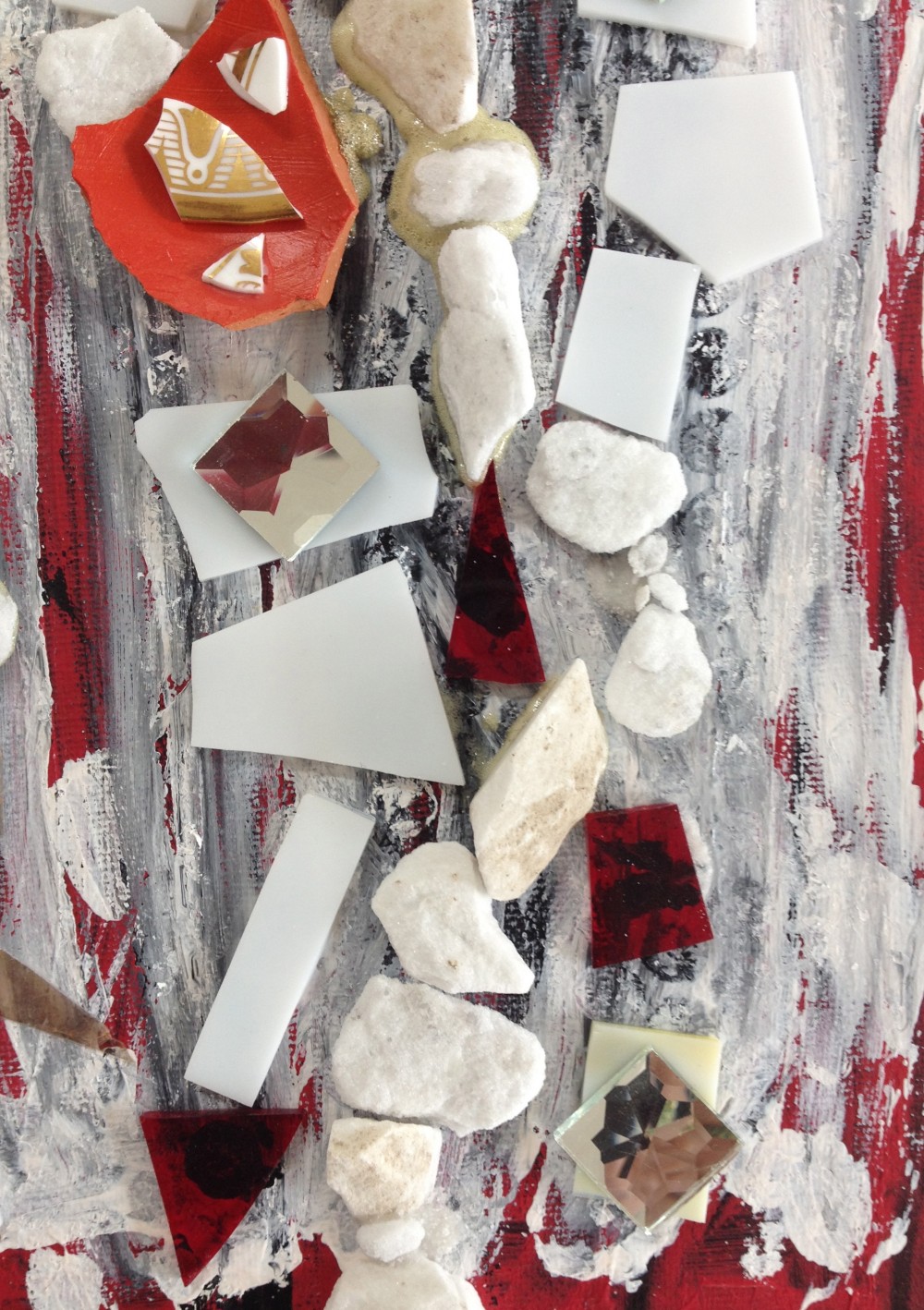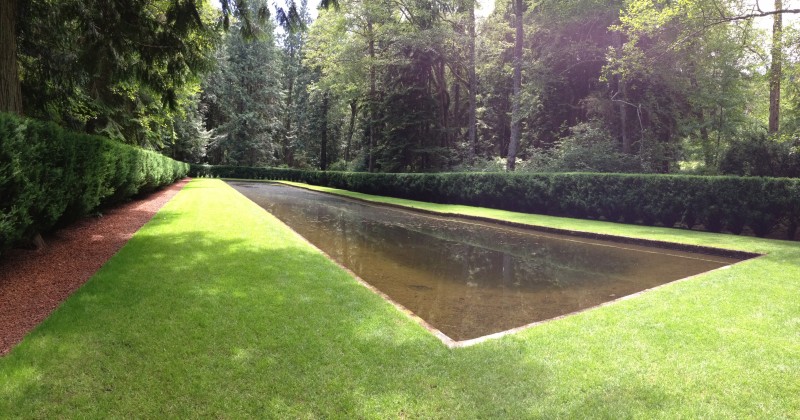Fragments
It is a truism to say that time passes quickly, that days turn into weeks and months while we seem to draw only a few breaths. For me this past six months has been time of intense inner and outer exploration.
My inner journey involved, first, establishing a new studio and beginning to work in unexpected directions with water media, various paints, and broken pottery and glass. For the moment I have set aside the writing I began last fall, but look forward to returning to it soon.
I continued to study, practice, and serve within the Mangala Shri Bhuti mandala with teacher Dzigar Kongtrul Rinpoche. As part of my study and practice, I carried out a two-week meditation intensive in April (a home retreat conducted largely in the studio). This was challenging in terms of preparations with David’s caregivers, and the commotion caused by the removal of a 70-year old ash tree in our front yard, which was required as part of the city’s mitigation of emerald ash borer problems. Workers cut down the tree in stages, ground out the roots, and replanted a young Norway hybrid, acer platanoides, a Deborah maple. I participated in a 7-week caregiver training and a 5-week grief workshop, which propelled me into a series of assemblages titled “Fragments.” These began as further explorations of path and sorrow, but I also attended a rare teaching with His Holiness Sakya Trizin in April, which inspired the mandala-like structure of the first of these pieces.


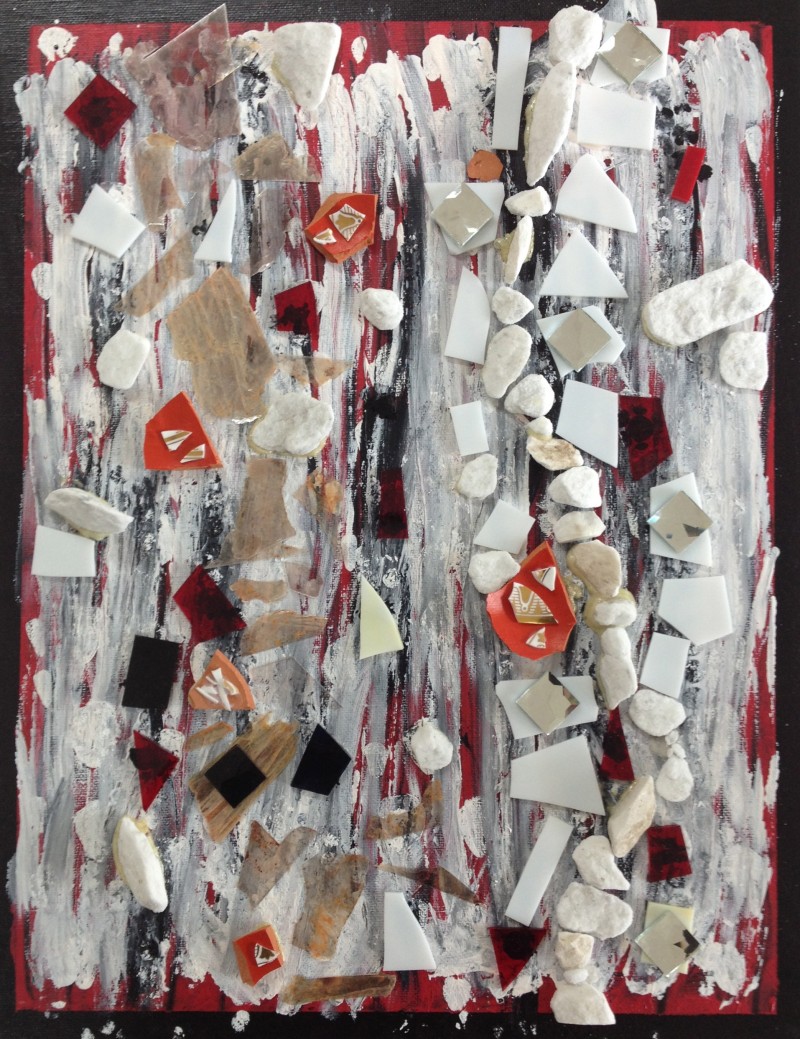


In early June David's daughter Leslie and granddaugher Madeline stayed with him while I traveled to the Pacific Northwest to be with my sisters for our annual reunion, this time in a house on Puget Sound. It has been 10 years since our mother died in a nursing home close to where we stayed. This year my sisters and I shared more deeply than ever before the movement of our individual lives. 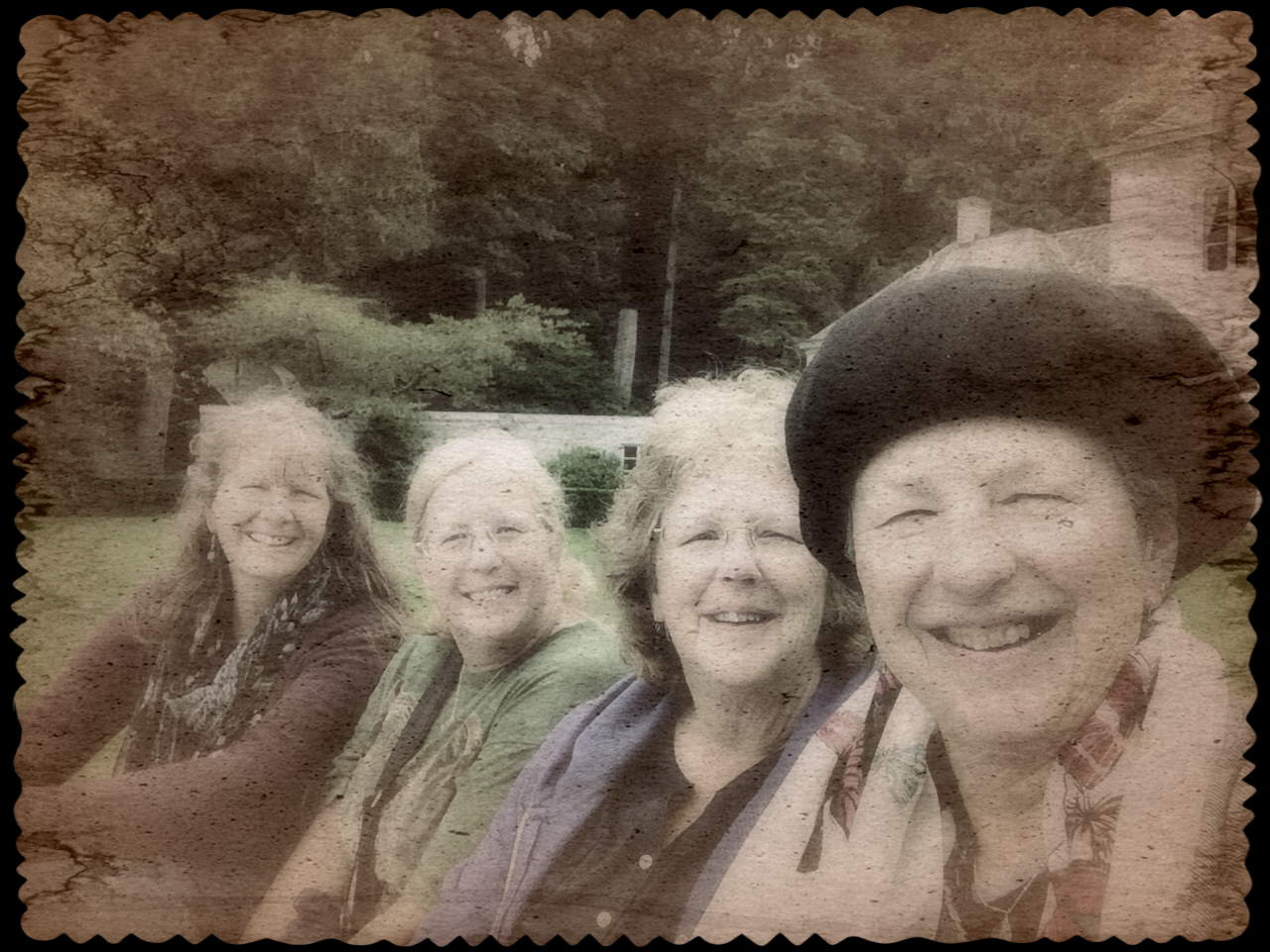
And again we walked the paths of Bloedel Reserve on Bainbridge Island, an exquisite 150-acre public garden and forest preserve. I sat for a long time beside the Zen garden and the reflection pool.
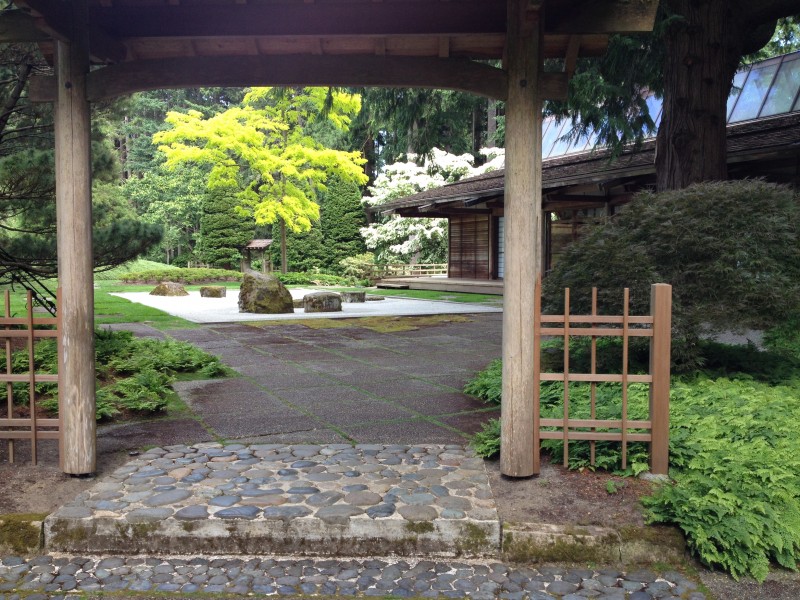
The outer work has been arduous: moving 1000s of pounds of rocks in order to recreate gardens and a front yard in Jamestown; then, digging, raking, and planting a new herb garden, cover crop, flowers, and nearly 20 trees on newly prepared topsoil that covers the sandy soil left by the 2013 floodwaters. I did a soil test through Colorado State University, and learned that there are no nutrients in that sandy soil. I seriously considered making a boulder field, aka a rock garden, but opted instead for the gentle slopes of grass. My grandson Camron and his friend Sam planted grass seed last week. Many questions remain, especially what to do with our Jamestown property while David and I make a life with caregivers in the small city of Longmont.
David's dementia continues to progress with ongoing cognitive decline, even though he is high functioning. He still showers, dresses, and washes dishes, but he does not take walks alone -- especially after getting lost twice and being brought back home by the sheriff. He cannot hold anything in mind, and even longer-term memories are fading. Some days, however, he is remarkable to see, his manual skill and memory unusually present. He loves walking around nearby lakes and ponds, as in this photograph taken today by our friend Chris Holland.
.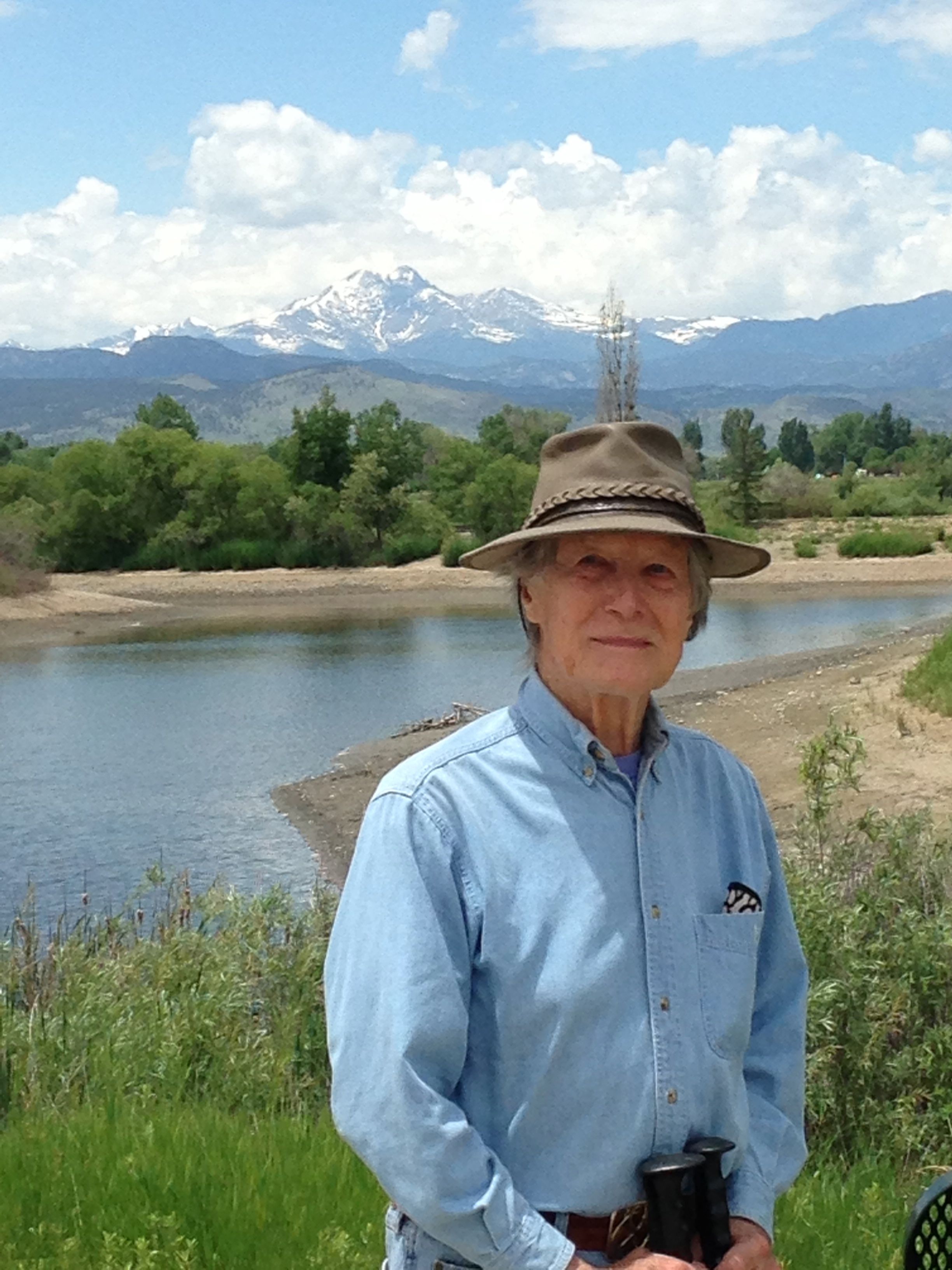
Our life together is characterized by deep poignancy, love, and care.
Finally, all of this inner and outer activity is grounded by what Chogyam Trungpa Rinpoche called “the genuine heart of sadness”—an ebbing and flowing of awareness of impermanence and of the thorough interdependence of everything. This sadness is different from the seemingly inconsolable grief related to trauma and loss. My sad and tender heart continues to break, and heal. I reflect about the past, muse about the future, but strive to live in the present, which is all we really have.
Only what is.
